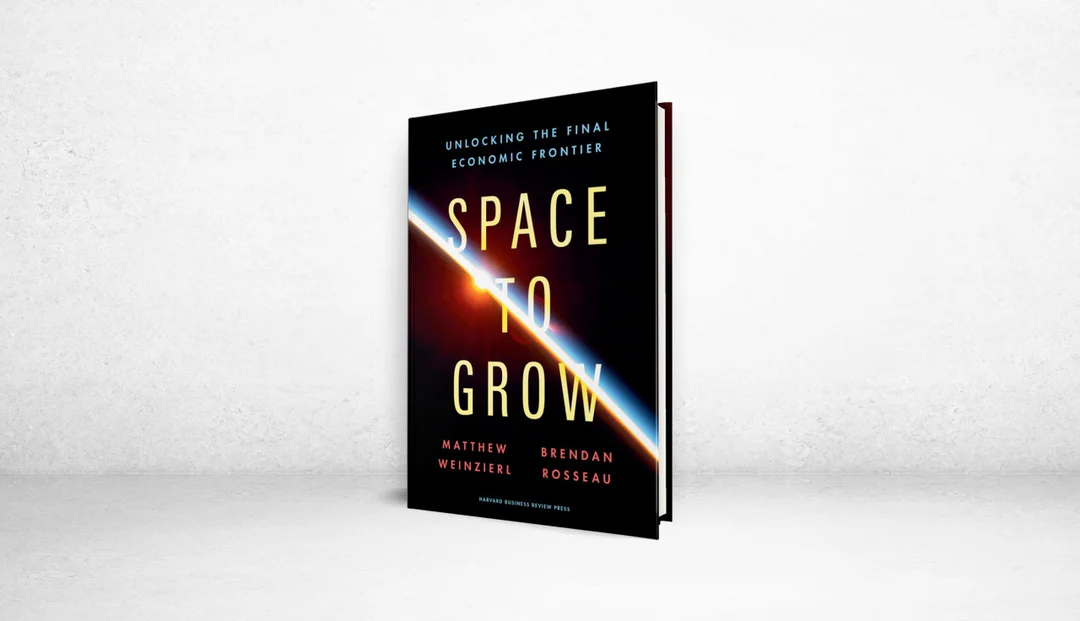
The New Space Race: Is the Space Industry the Most Undervalued in the World?
The space industry is booming, transforming from a government-led endeavor to a vibrant commercial arena. But is it truly valued, especially in regions like Europe where the US and China are surging ahead? Author Rainer Zitelmann argues that space is the most undervalued industry globally, citing its transformative potential comparable to the advent of the telephone.
Arthur C. Clarke's 1977 prediction of satellites' profound impact is now a reality. Mega-constellations like Starlink are connecting the unconnected, promising significant economic transformations. CNBC has even dubbed space "Wall Street's next trillion-dollar industry," with projections estimating a USD 1.8 trillion valuation by 2035, according to the World Economic Forum. Morgan Stanley goes further, anticipating the creation of the world's first trillionaire through space-based business.
The resurgence of space exploration is largely attributed to private companies driving down launch costs. SpaceX, in particular, has revolutionized the industry, achieving an approximately 80% reduction in launch expenses. Zitelmann highlights that of 261 space missions worldwide in 2024, 134 were launched by SpaceX, surpassing even China's 68 launches.
However, the industry still faces hurdles. Overregulation and government interference, particularly in Europe and even the US, hinder private space companies. Elon Musk's political involvement is seen by some as a means to liberate these companies from bureaucratic burdens.
Dr. Thomas Clayson, CEO of Magdrive, a UK space startup, emphasized the role of efficient and agile propulsion systems in enabling spacecraft to assemble and service structures in space. "We need to be able to operate very close to spacecraft, we need to be able to maneuver very agilely, and we need to be able to rendezvous, so we see space propulsion being the next disruptor," he told Space Comm Expo audience.

Maintaining a sustainable presence in space is also a significant challenge. With the ISS nearing retirement, ensuring a continued orbital presence is critical, according to Gregg Ray, vice president for emerging science and technology at Voyager Technologies, a key partner in the Starlab commercial space station project.
Challenges also remain on Earth, where facilities are needed to thoroughly test new space technologies. Iceland's unique lunar and Martian-like terrain plays a vital role as a testing ground, demonstrated by its use for NASA's Artemis program.

Political and regulatory landscapes will shape the sector's future. While some believe the space industry can thrive independently, most agree that governments still play a crucial role in setting a stable political and regulatory backdrop. Geopolitical instability and the growing threat of space debris pose significant obstacles. Cleanup efforts like the UK space agency's COSMIC mission are underway to address the problem of space junk threatening future missions.
The future of the space industry hinges on innovation, reduced costs, and supportive regulatory frameworks. Will the US or China lead the way? And how will we address challenges like space debris to ensure a sustainable future beyond Earth?
What are your thoughts on the future of space exploration? Share your comments below!